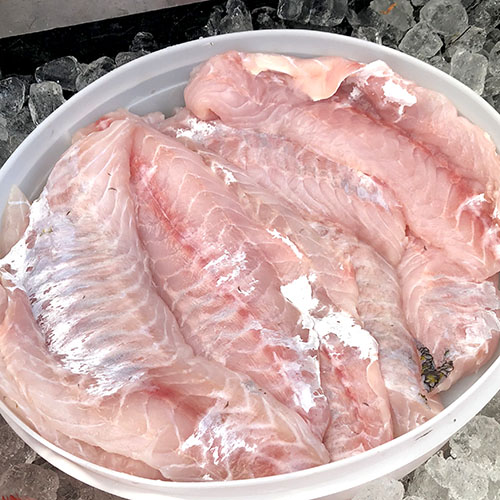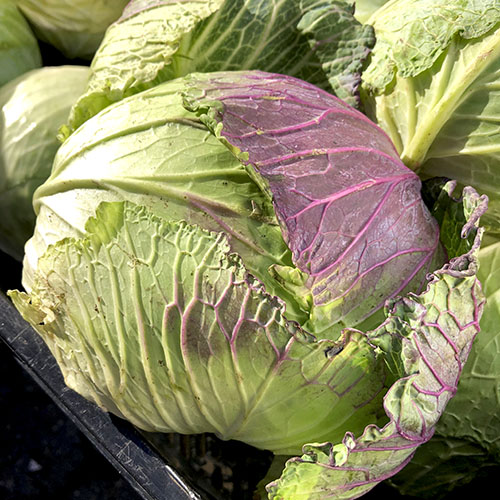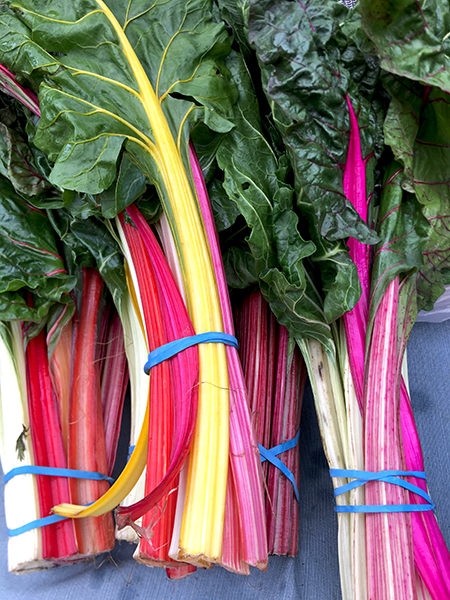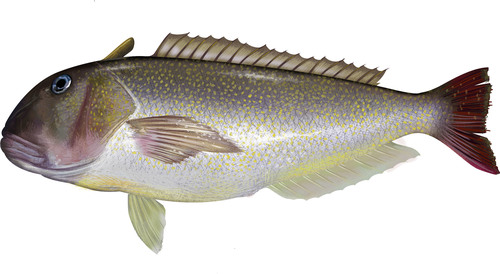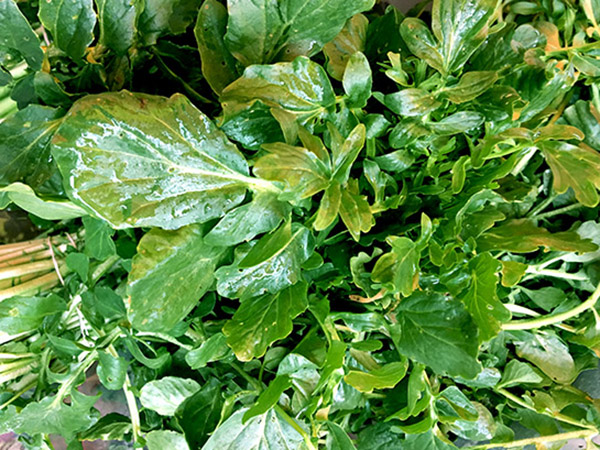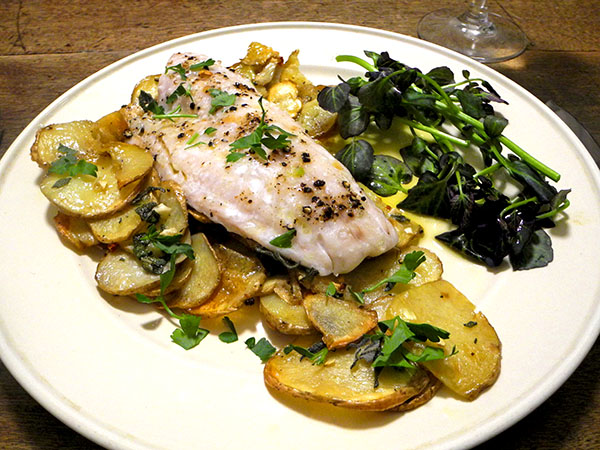
Even though I think I’m always prepared for the possibility, I’m still pretty surprised when a meal exceeds my expectations.
This one went out of the park.

I’m taking a good look at this picture of the first outing of my old, recently re-tinned pan, because I’m pretty sure it’s not ever going to look this shiny again.


The tilefish started out pretty shiny as well.
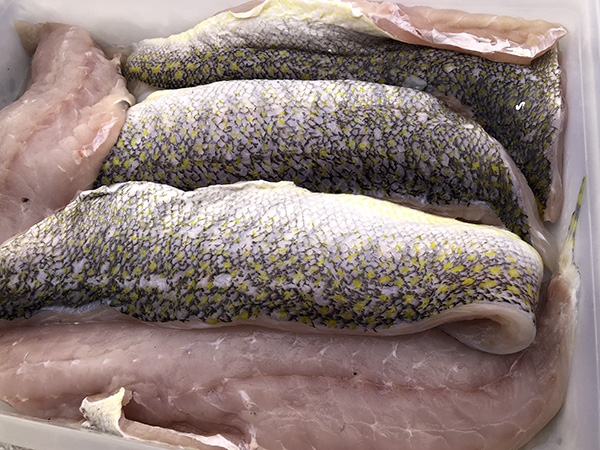
- three tablespoons of rich Organic Valley ‘Cultured Pasture Butter’ allowed to melt inside a newly-re-tinned vintage oval copper au gratin pan in a 475ª oven until barely browned, then adding the bulbs of 4 ramps from Mountain Sweet Berry Farm sliced crosswise, the leaves sliced lengthwise, and more than 3 tablespoons of chopped herbs (lovage from Two Guys from Woodbridge; spearmint from Stokes Farm; sage, parsley, and dill from Phillips Farms) scattered around the pan, one beautiful tilefish fillet (17 ounces) from American Seafood Company, rinsed, dried, seasoned with sea salt and freshly-ground black pepper, placed inside the pan skinned side down, roasted, the oven turned down to about 450º as a compromise with the requirement of the vegetable, turning once, for about 12 minutes, or until done, removed to the plates, sauced with the pan juices
- three Backyard Farms Maine ‘cocktail tomatoes’ from Chelsea Whole Foods, halved, added to the pan with the tilefish during its last few minutes in the oven

- one pound of asparagus, with spears of various thicknesses, from Phillips Farms, the tough ends snapped off, and much of the length of the few wider stems peeled, rolled inside a large Pampered Chef unglazed ceramic pan with a handful of thyme branches from Stokes Farm in a little more than a tablespoon of olive oil, a little salt, and ground black pepper, roasted at 425º for about 20 or 25 minutes, then drizzled with a bit of Whole Foods Market organic lemon when they were arranged on the plates
- the wine was an Italian (Trentino-Alto Adige/Sudtirol) white, Alois Lageder Pinot Bianco 2017, from Garnet Wines
- the music was the album, ‘Ernst KRENEK: Complete Piano Concertos, Volume TWO’, with Mikhail Korzhev and the English Symphony Orchestra conducted by Kenneth Woods

